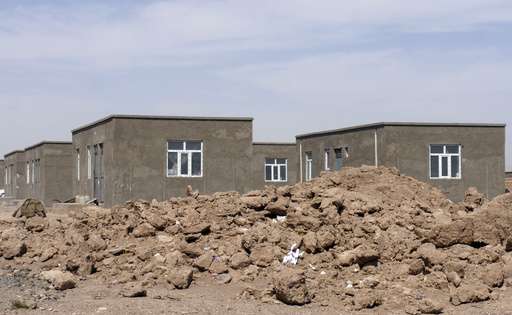A powerful 6.3 magnitude earthquake struck western Afghanistan’s Herat province on October 7, 2023, leading to widespread devastation and loss of life. The exact number of casualties remains unknown, with estimates varying between 1,500 and 4,000 deaths. The Taliban government, in power since 2021, faced a significant challenge in managing the aftermath of the deadliest natural disaster to hit Afghanistan in recent memory.
Survivors in the quake’s epicenter in Zinda Jan district recounted harrowing experiences of homes being leveled and loved ones lost. While initial response efforts by the Taliban included providing medical assistance and distributing food and water, long-term support has been limited. Charities played a crucial role in constructing housing for survivors, but the quality of the accommodation has been lacking, leaving residents vulnerable to harsh weather conditions.
Despite efforts by authorities and aid organizations to rebuild essential infrastructure such as schools and healthcare facilities, challenges persist. International aid funding for Afghanistan has fallen short of targets, exacerbated by donor fatigue and concerns over the Taliban’s policies, particularly regarding women’s rights. The reluctance of donors to support anything beyond immediate life-saving aid has further strained humanitarian assistance efforts in the country.
Herat province continues to face humanitarian needs, with damaged infrastructure impeding recovery and leaving residents reliant on external assistance for basic necessities. The lack of government support for long-term stability following the earthquake has left many feeling neglected and unprepared for potential future disasters. As the region grapples with ongoing challenges, including economic hardship and isolation, the resilience of Afghan communities remains a critical concern.
The earthquake’s impact on individuals like Gul Ahmad Osmani, who lost four children in the disaster, serves as a poignant reminder of the enduring trauma and vulnerabilities faced by survivors. While initial relief efforts provided temporary respite, the long-term sustainability of support remains uncertain. As communities in Zinda Jan and beyond confront the aftermath of the earthquake, the need for sustainable rebuilding efforts and continued assistance is paramount to ensure their safety and well-being in the face of future uncertainties.


